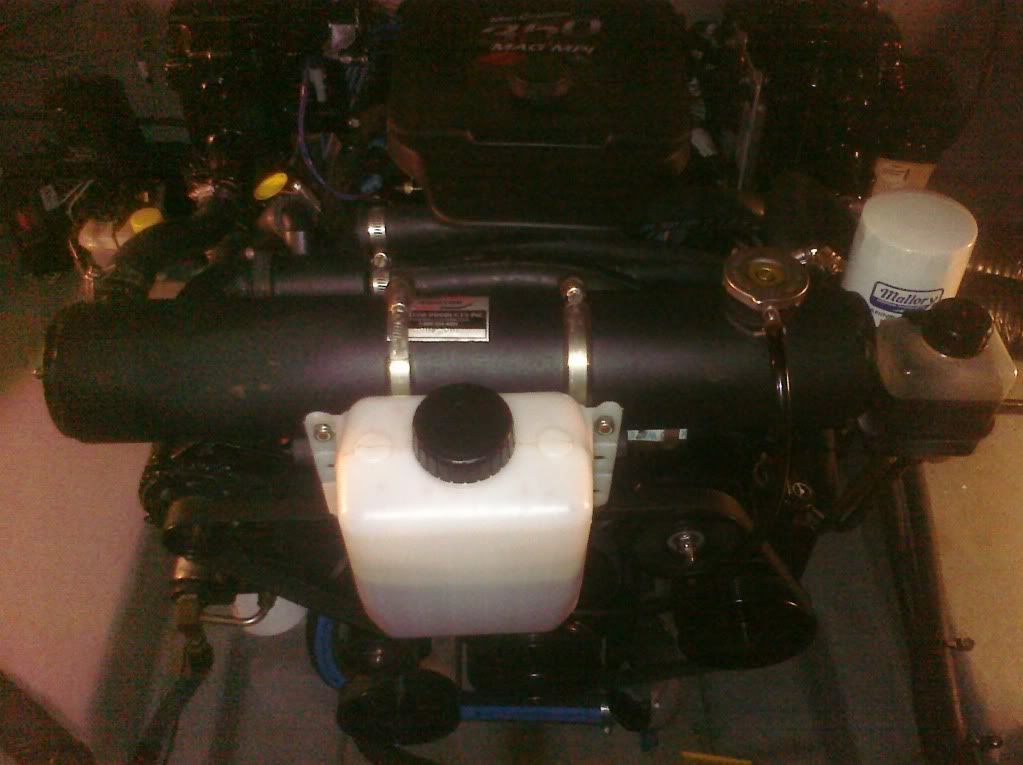Hornblower
Member
- Aug 28, 2009
- 108
- Boat Info
- Boatless
- Engines
- None
You mean suggestions other than pulling that system off and going boating? The boat is six years old. Installing closed cooling is darned near pointless. The only good it's doing is keeping you from wasting a lot of gas by going for boat rides the past few weekends.
Yes, other suggestions please.
The engine was 6 years old but with only 16 hours on it. It's unlikely you'll find a newer '04 260 DA anywhere. Heck boat still had plastic on parts of it from the factory when I got it. I just want to do my best to preserve my investment (if you can call a boat and investment) and take good care of it.
Can you 100% guarantee that I won’t still have the problem after I take off the exchanger?
If we run out of options it’s coming off, but not with out a fight.
Thank you for your opinion though
Sincerely,





